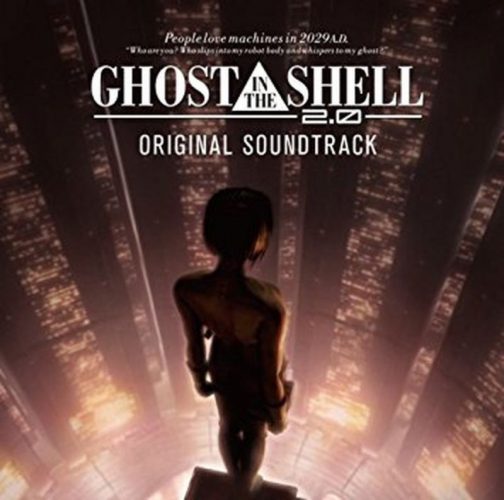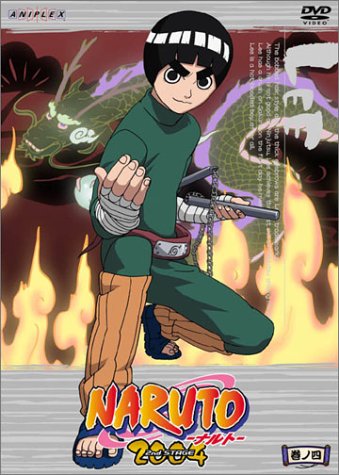
Montages are the products of editing multiple quick shots together in succession to give the impression of a time lapse. They almost always make heavy use of music and usually feature little to no dialogue except for narration on occasion, relying instead on actions to express characters’ thoughts and feelings. Every culture has a different style for montages; in America, their use is generally focused on condensing long portions of story or displaying multiple events happening simultaneously; in parts of Europe, they’ve historically been centered more around reinforcing themes through symbolically connected and sometimes abstract shots, and Hindi films often prefer to use them as mood pieces.
These examples are, of course, very general and there is no shortage of exceptions but the point still stands that every country sees montages a little bit differently, and that includes Japan, or more relevant to our interests: anime. This medium has its own ways of using this, as it does with everything else, really. So, let’s check out some examples and take a look at how our favorite form of entertainment uses this classic technique.
Cipher
Turn on your CRT TVs and adjust your tracking, because we’re starting off with one of the oldest montages in the game. It’s not necessarily the first, mind you, but it is a good jumping-off point for seeing how anime uses montages, mostly because it’s so close to what’s probably expected from a Western perspective. Based on a manga of the same name, this 1989 shoujo film opens with a montage that tells the story of our high-school heroine Anisa and how she confessed her feelings to Roy, the most popular athlete/movie star in school.
If you’ve seen just about any 80s Hollywood movie, you’ll know what to expect: Lots of split-screens and jump-cuts showing little vignettes of them hanging out over the course of several days as we see their relationship progress. The vibe is so American it’s even scored with “Let’s Hear it For the Boy” by Deniece Williams, featured in Footloose. Some things set it apart right away, though, like shots that take place in Anisa’s imagination and the liberal amounts of random 80s dancing against colorful surreal backdrops. It’s initially pretty jarring to cut to these non-sequiturs, but they help to add the quirky charm we expect of anime by giving stylistic representations of the characters’ feelings.
Ghost in the Shell
We mentioned at the start that a general idea for montages in Europe is to use shots that are more connected to the themes rather than the progression of the plot, but that direction made its way to Japan when Ghost in the Shell came to the big screen. Many of you were probably thinking of the scene in question when we started talking about montages in anime, a sequence so good it’s sometimes been called the most memorable part of an already legendary movie. All that happens is that the protagonist is traveling through the city’s canal system, and it’s unbelievably intense and engrossing. If we tried to unpack all the meaning in the montage, we’d be here all day, but we can say it spends its time focusing on objects in the setting and it spends it well.
Major Kusanagi is almost completely removed from this scene, only appearing to stare at a woman who has the same cyborg body she has, the rest is a bunch of shots of buildings surrounding the canal and the water-damaged signs and scaffolding hanging off of them. What sounds like a traditional Shinto chant plays as we see debris polluting the canal and middle-class people enjoying restaurants and other leisurely commodities among the worn-out buildings. What is life here like outside of Section 9’s police work? Why does this traditional chant feel so at home here when everything is man-made and futuristic? Is this even really a dystopia? No clear answer to these questions is ever given and yet the audience is still somehow left feeling like they know this world’s Japan much more intimately than they had before. These plot-irrelevant elements of the setting show its nuances in a similar (albeit much deeper) way to what Cipher did with its characters, with their seemingly random asides building the world up like it’s its own character as a result.
Naruto
Ghost in the Shell was pretty much the biggest deal in anime when it was released, but shounen battle manga replaced it as the medium’s global sensation a few years later. One of the frontmost cars on this hype-train was patroned by Naruto and his entourage of ninja misfits. But we’re not here to talk about a montage starring Naruto himself, this one’s all about Rock Lee. This one will be a lot shorter because it’s hard to discuss without spoilers, but it comes during Lee’s famous fight against Gaara, where his teacher Might Guy flashes back to Lee’s youth as a ninja in training who had absolutely no aptitude of any kind for the show’s magic ninja arts and was pretty bad with hand-to-hand combat as well. Through Guy’s eyes, we see several different cuts of Lee practicing vigorously by himself, setting obscenely high goals for his training and then punishing himself with even more training when he can’t pull it off. The little moments we see in this montage add to the development we’ve seen Lee go through in the fight.
Death Note
Let’s finish our journey by looking at another famous montage in anime, another one with heavy American influences. It shows several different locations during the same point in time in rapid succession like the training montage from Rocky IV. Our protagonist Light has already begun his plan to throw investigators off his trail by the time this sequence starts. We cut back and forth between Light’s room where he appears to be focused on his homework and the inside of his potato chip bag where he’s hiding a tiny tv monitor and a page of the death note to secretly kill people while the authorities think he’s studying. That’s really all that happens, but as Death Note is known to do, it embellishes these actions by exaggerating and enhancing them in ways only anime can and as a result, even the smallest flick of Light’s eyes or pen (displayed simultaneously through the returning split-screens) informs the audience of his character.
Final Thoughts

There is no one true way to make a montage, but seeing the unique stylings of anime’s interpretations of it and how they use seemingly innocuous visual elements to turn what’s normally a time-compression tool into a visual character study shows us just how the medium makes them special. But what do you think of montages in anime? Let us know in the comments below and stay posted to Honey’s Anime.


